Concern has heightened for the herring gull after the species topped a new Scottish death count that looked at 37 bird species.
A tally of more than 900 dead and dying birds suggests the seagulls are falling ill and dying-off at a worrying rate amid the bird flu crisis.
NatureScot, which carried out the count, said although some of the deaths could be coming from a range of causes, some will be from bird flu.
A lot of the reported birds were found around the Moray Firth, particularly in the Nairn and Findhorn areas, as well as Dornoch, Golspie and Brora.
It is hard to tell for certain how many died from avian influenza, because only a fraction of the birds that die are collected and sent for conclusive laboratory testing.
But NatureScot said it is particularly concerned for the herring gull species.
Which other birds are high up in the NatureScot count?
NatureScot reserve managers and RSPB partners now file fortnightly bird health reports via a special surveillance network.
Of the 900 birds recorded between mid-October and December 11, the highest number of sick or dead birds were herring gulls, with 250 birds reported.
Greenland barnacle geese came a close second with 190 dead or dying birds reported.
The sick and the dead: birds by geographical area
NatureScot reserve staff also reported 110 dead and dying mute swans, 70 pink-footed geese, and 30 greylag geese.
Affected seabirds included 40 guillemots and around 20 per other bird species, including kittiwakes, razorbills and puffins.
Many of the affected birds reported in the NatureScot research were found in Aberdeenshire, Shetland and Orkney.
A particularly high number were reported all around the Moray Firth.
The positive bird flu test numbers
NatureScot has found a number of wild bird species have tested positive for bird flu in Scotland this winter.
They include guillemot, barnacle goose, buzzard, pink-footed goose, mute swan, greylag goose, fulmar, red-throated diver, common gull, herring gull, hen harrier, osprey, and pheasant.
A NatureScot spokeswoman said: “We are especially concerned about the herring gull and Greenland barnacle goose mortalities and are watching this carefully.”
Researchers building bird table with a difference
It comes as researchers prepare to publish a table of the 20 bird species that run the most risk of decimation by bird flu.
More than 200 birds are being studied to determine the consequences for their population.
Gary Clewley, a senior research ecologist creating the table for the British Trust for Ornithology, said it may help conservationists and reserve managers.
He said: “Land managers may scale back access or hike up the amount of surveying that we need to do. Or the government might restrict access.
“This table might help to speed up these kinds of decisions.”
Confirmed cases of wild birds with bird flu is published weekly by Defra.
You can report dead or sick wild birds to Defra, and read its guidance on bird flu in wild species here.
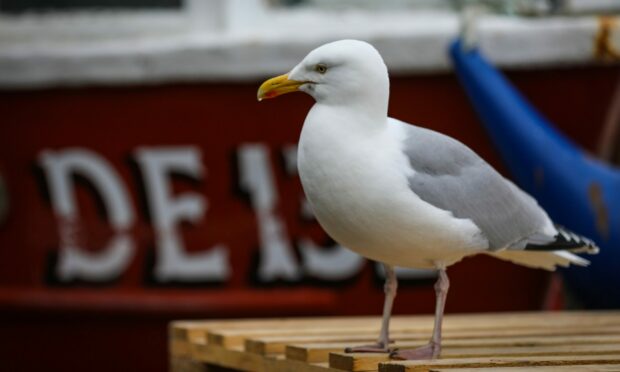
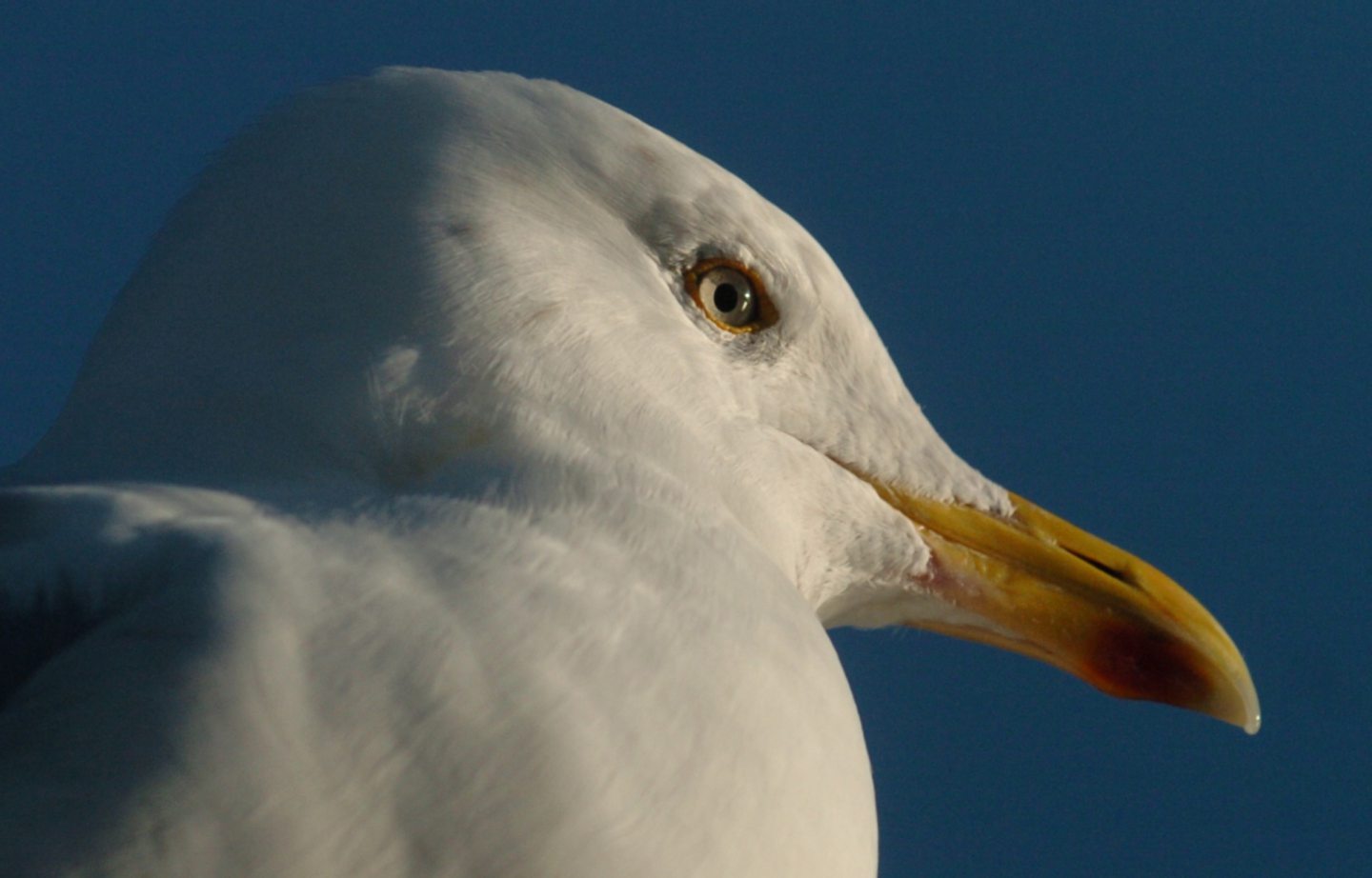
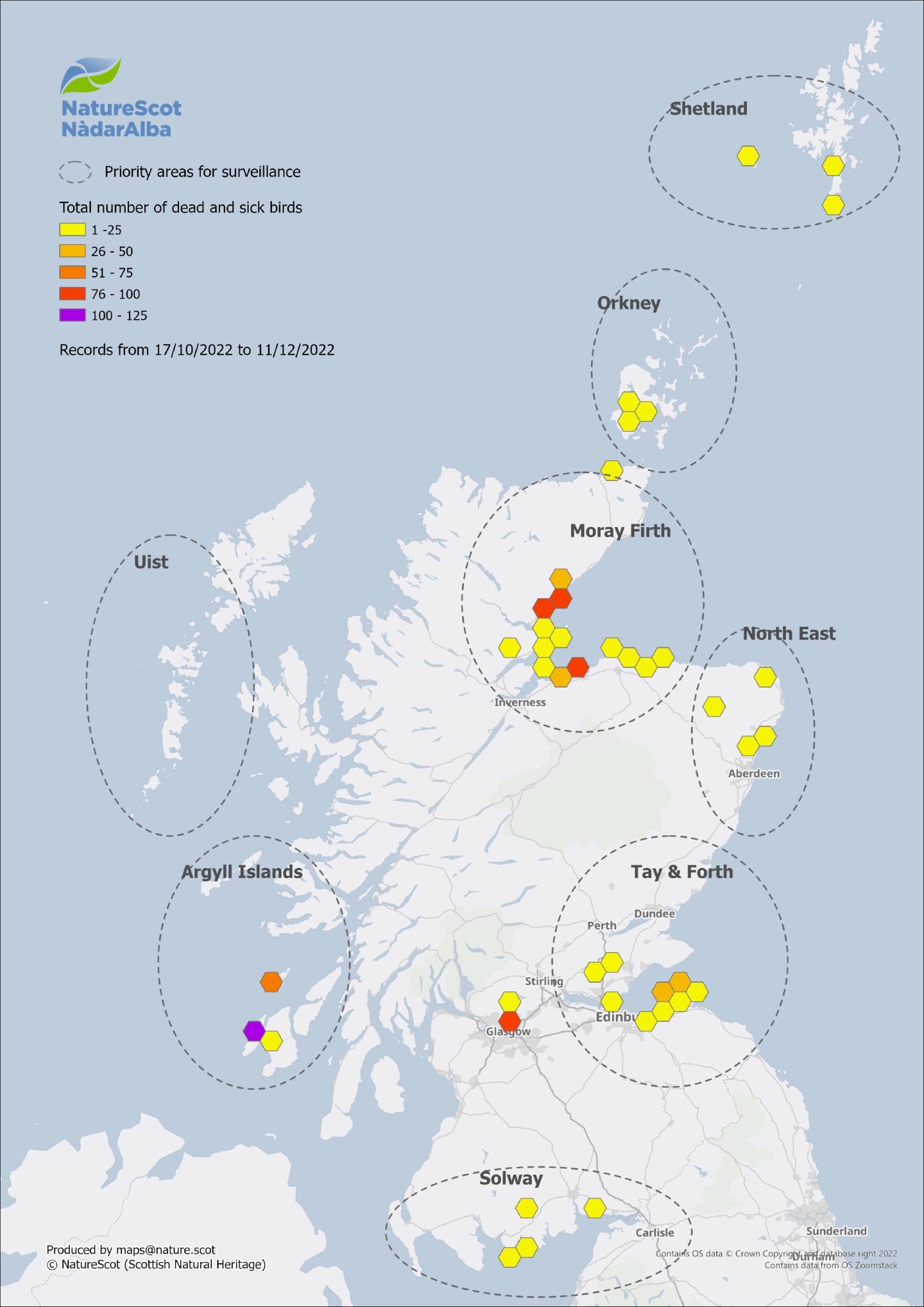
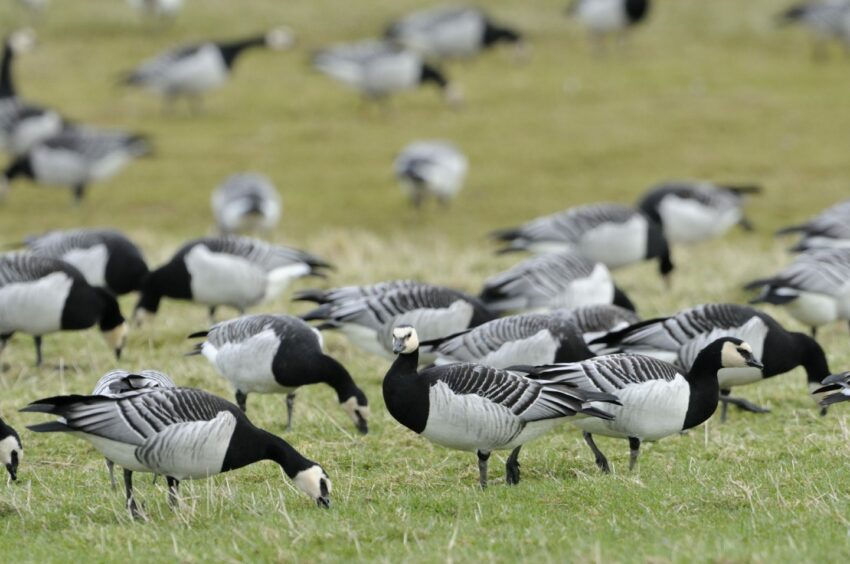
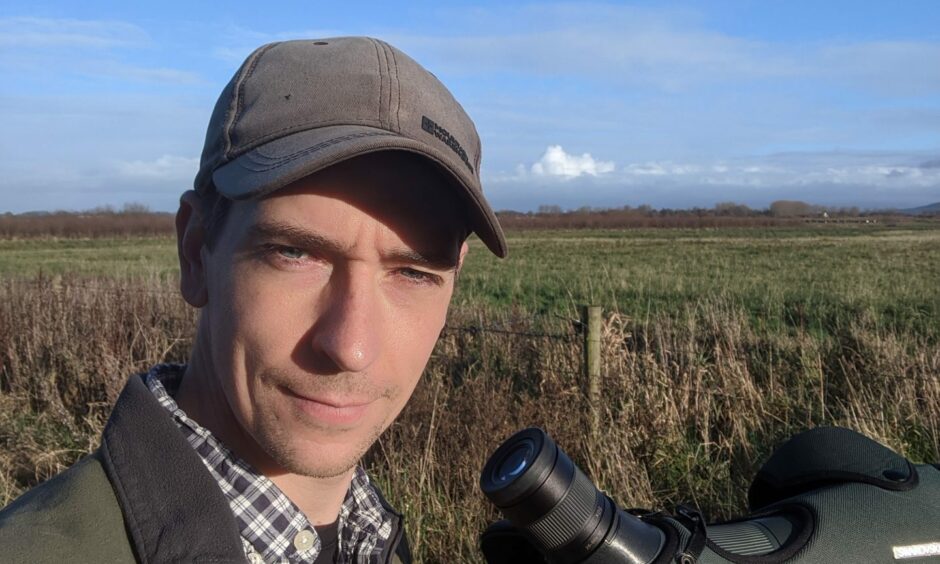
Conversation